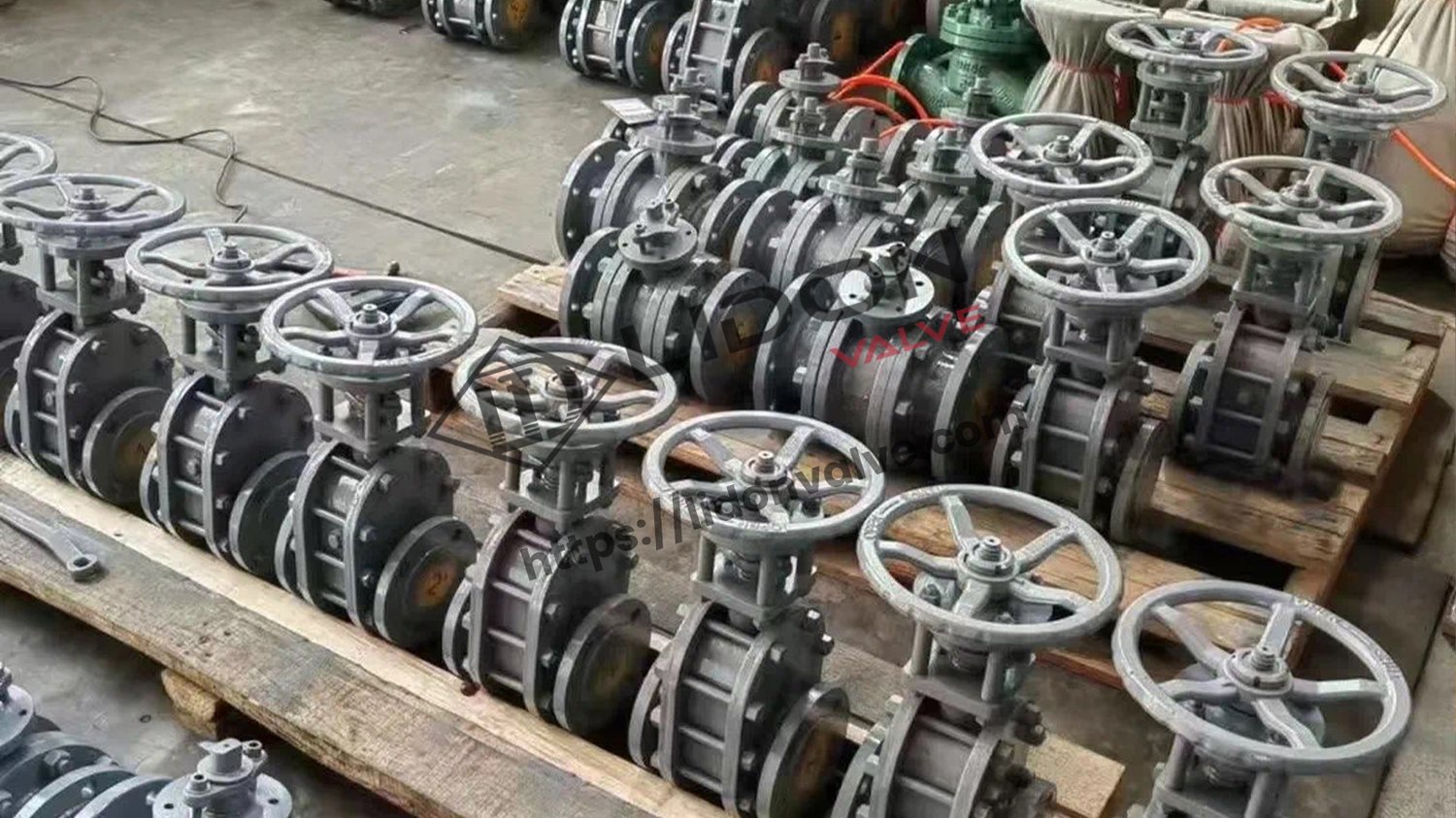If you are operating in the industrial or manufacturing sector, you have most probably heard of the term “discharge valve”. A valve is a mechanical device designed to stop, regulate or control the flow of a liquid, gas or fluid through a pipe or a channel. The ‘discharge valve’ term, however, refers to a specific type of valves primarily used in pipelines to manage and regulate the flow of liquids and gases.
What is a discharge valve?
A discharge valve, as the name suggests, is a type of valve used to discharge or release gases or liquids from a pipeline or a plumbing system. These valves are designed to control the flow rate of fluids, gases, and slurries through a piping or process system in a safe and reliable manner. In other words, a discharge valve is simply a safety fixture used to control the pressure, temperature, flow, and level of a fluid or gas in a pipeline. They are also known as safety valves or relief valves as they prevent excessive pressure buildup in a system.
Why are discharge valves important?
Discharge valves are essential components of any piping system or process plant as they help to maintain safe and efficient operations. They are used to calibrate and regulate the flow rate, pressure, temperature, and discharge of liquids, gases, slurries, or steam from the system. Discharge valves help to prevent potentially dangerous situations such as system over-pressure, sudden pressure drop, and equipment failure, which can result in damage to the pipes, loss of product, and even endanger the lives of the workers.
How do discharge valves work?
Discharge valves operate by opening or closing a diaphragm or a disc against a seat. The flow of the fluid or gas opens or closes the valve, activating pressure and temperature sensors that trigger the valve's opening or closing signal. This process helps to release the fluid or gas from the system and redirect it to a safe location once it reaches the predetermined pressure or temperature level.
What are the types of discharge valves?
There are several types of discharge valves used in various industrial and commercial settings. Some common types of discharge valves include:
- Relief valves
- Safety valves
- Pressure reducing valves
- Back pressure regulating valves
- Control valves
- Butterfly valves
Where are discharge valves used?
Discharge valves are used in various industrial and commercial settings to regulate and control the flow of liquids, gases, and slurries. They are commonly used in:
- Process plants
- Oil and gas production and refining
- Pharmaceutical manufacturing
- Water treatment plants
- Power generation plants
- Chemical manufacturing plants
- Food and beverage processing
- Mining and minerals processing
How to size a discharge valve?
The sizing of a discharge valve depends on several factors, including the type of fluid or gas, flow rate, pressure, temperature, and operating conditions. In general, the valve must be sized to handle the maximum flow rate at which it is expected to operate, ensuring that the valve seat and diaphragm remain intact. The valve sizing should also consider the up and downstream pipe sizes, velocity, and pressure drop across the valve.
What are the benefits of using discharge valves?
The use of discharge valves brings about numerous benefits, including:
- Preventing system failure or damage due to overpressure
- Reducing production downtime
- Increase in operational efficiency and safety
- Ensuring compliance with safety regulations
- Preventing environmental pollution
- Minimizing product loss and waste
What are the common problems with discharge valves?
The discharge valves have some common problems, including:
- Corrosion and erosion on the valve body and components
- Dirt and foreign objects clogging the valve orifices, leading to the valve's malfunctioning
- Improper installation or sizing of the valve, resulting in the valve failing during operation
- Worn-out seals and gaskets, especially in high-temperature applications
How to maintain discharge valves?
Maintaining discharge valves is essential in ensuring their optimal performance, safety, and longevity. Some common maintenance techniques include:
- Regular cleaning and inspection of the valve components for visible defects, such as corrosion, erosion, and leakage
- Lubricating the sealing surfaces to reduce friction and wear
- Replacing worn-out or damaged component parts proactively
- Testing the valve's operation at regular intervals through set pressure testing and discharge capacity testing.

